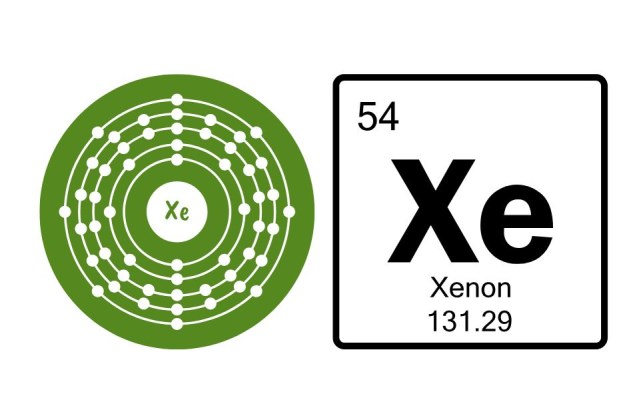The electron configuration of an atom describes how the electrons are distributed across the atom’s orbitals. This arrangement plays a crucial role in determining the chemical properties and reactivity of an element. If you’ve ever wondered about the electron configuration of xenon, an element in the noble gases group, you’re in the right place to explore it.
In this blog post, we’ll dive into the electron configuration of xenon, understand its significance, and explore its position in the periodic table.
What Is Xenon?
Xenon (Xe) is a noble gas found in Group 18 of the periodic table. It is a colorless, odorless, and heavy gas that is chemically inert, which means it doesn’t readily form compounds with other elements. Xenon is used in various applications such as in high-intensity discharge lamps and in medical imaging.
Since xenon is a noble gas, it has a full outer electron shell, making it very stable and unlikely to react with other elements. This stability is a direct result of its electron configuration.
The Electron Configuration of Xenon
The atomic number of xenon is 54, which means that a xenon atom has 54 electrons. The electron configuration of xenon shows how these electrons are arranged in different energy levels or orbitals around the nucleus.
For xenon, the electron configuration is:
1s² 2s² 2p⁶ 3s² 3p⁶ 4s² 3d¹⁰ 4p⁶ 5s² 4d¹⁰ 5p⁶ 6s² 4f¹⁴ 5d¹⁰ 6p⁶
This configuration indicates that xenon’s electrons are arranged as follows:
- The first energy level (1s) has 2 electrons.
- The second energy level (2s and 2p) contains 8 electrons (2s² 2p⁶).
- The third energy level (3s, 3p, and 3d) holds 18 electrons (3s² 3p⁶ 3d¹⁰).
- The fourth energy level (4s, 4p, 4d) contains 18 electrons (4s² 4p⁶ 4d¹⁰).
- The fifth energy level (5s, 5p, 5d) holds 12 electrons (5s² 5p⁶ 5d¹⁰).
- The sixth energy level (6s, 6p) completes the configuration with 8 electrons (6s² 6p⁶).
This shows that xenon has 54 electrons distributed across six energy levels. Its outermost electrons, found in the 6p orbital, are fully paired and stable, which is characteristic of the noble gases.
Why Does Xenon Have This Electron Configuration?
The electron configuration of xenon reflects its position in the periodic table. As a noble gas, xenon has a full outer electron shell, making it chemically inert. This complete electron shell gives xenon a stable configuration and prevents it from reacting easily with other elements. The full outer shell is why xenon, like other noble gases, is largely non-reactive and does not form many compounds.
The electron configuration of xenon, 1s² 2s² 2p⁶ 3s² 3p⁶ 4s² 3d¹⁰ 4p⁶ 5s² 4d¹⁰ 5p⁶ 6s² 4f¹⁴ 5d¹⁰ 6p⁶, showcases how the 54 electrons are arranged in its atomic orbitals. This stable configuration is the reason why xenon, like other noble gases, is chemically inert and doesn’t readily form compounds. Understanding the electron configuration of xenon is not only important for chemistry but also helps explain its role and behavior in various practical applications.




Leave a comment